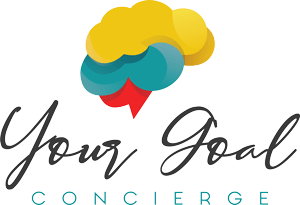The Unseen Toll: Understanding the Unique Signs of CEO Burnout
Erica Kesse
The weight of leadership is often worn as a badge of honor, a testament to dedication and drive. Yet, beneath the surface of unwavering resolve, a silent adversary can take root: CEO burnout. While the concept of burnout is widely discussed, its manifestation in CEOs often carries unique nuances, easily overlooked amidst the relentless demands of the role. Recognizing these subtle signals is the crucial first step toward safeguarding your well-being and the long-term health of your organization.
The Mask of Leadership
For CEOs, vulnerability can feel like a foreign concept. The expectation to be the ultimate problem-solver, the unwavering source of strength, often creates a powerful mask. Admitting to feeling overwhelmed or depleted can be perceived as a weakness, leading many to internalize their struggles and push through, unknowingly fueling the flames of burnout.
Subtle Signals: Beyond Simple Tiredness
CEO burnout often presents with more nuanced signs than simple fatigue. Pay attention to these less obvious indicators:
Increased Cynicism: A growing negativity or detachment towards aspects of the business you once felt passionate about.
Difficulty with Strategic Thinking: Finding it challenging to engage in long-term planning or creative problem-solving, feeling bogged down in the immediate.
Micro-Managing Tendencies: An urge to control every detail, stemming from a lack of trust or increased anxiety about outcomes.
Loss of Passion: A diminished sense of excitement or fulfillment in your work and the company's mission.
Physical Manifestations
The mind and body are intrinsically linked. CEO burnout can manifest physically through:
Persistent Sleep Disturbances: Beyond occasional restless nights, experiencing chronic insomnia or consistently waking up feeling unrefreshed.
Unexplained Physical Ailments: Frequent headaches, digestive issues, or muscle tension without a clear medical cause.
Recognizing the unique signs of CEO burnout is not an admission of failure, but an act of profound self-awareness and leadership. By understanding these subtle signals, you empower yourself to take proactive steps towards reclaiming your well-being and leading with renewed strength and clarity.



